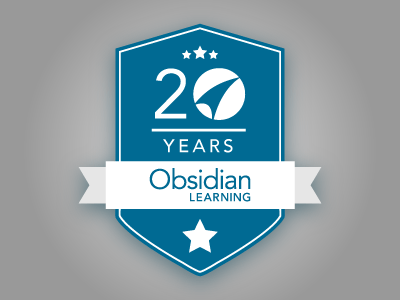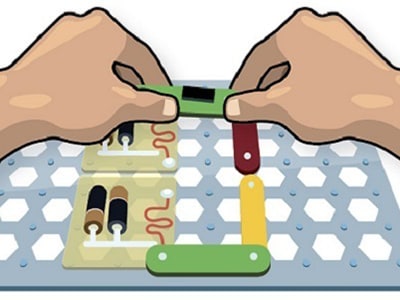Have you ever wondered why your best ideas or solutions to nagging problems come seemingly out of the blue? When you are taking a shower or out for a run or driving down a familiar highway?
Dr. Barbara Oakley, PhD, PE, a professor of engineering at Oakland University and author of A Mind for Numbers, would posit that you are experiencing the benefits of diffuse thinking. She describes the two kinds of thinking we use when learning or problem solving: focused and diffuse. Focused thinking, just as you’d expect, is when we exert our brainpower and attention to the problem at hand or to learning new content. Diffuse thinking is when we relax our minds, meditate, or even daydream. When thinking diffusively our brains begin to make important connections between the new material or problem and other ideas from our experience. The best ideas come from alternating the two kinds of thinking.
This made me think about brainwave research. I wonder which brainwave pattern dominates when we are in a diffuse thinking mode? I’d assume alpha or theta brainwaves. As a refresher, here are the types of waves in order of highest to lowest frequency:

Interesting Facts about Learning and Brainwaves
- People with ADD/ADHD spend more time in alpha than average.
- Caffeine stimulates beta brainwave patterns (thus people with ADD/ADHD often are heavy caffeine drinkers).
- Certain distractions like email notifications and text messages trigger a beta brainwave pattern of arousal, but divert our attention.
- Some screen use, such as watching TV, induces an alpha brainwave pattern. (I am sure that watching YouTube videos of other people playing video games also falls into this category. Just take a look at the face of any 10-year-old with a tablet.) While this induces a relaxing state of non-arousal, we are not doing our best thinking or problem solving because the visualizing is not self-generated.
- According to Scientific American, “[Theta] is a state where tasks become so automatic that you can mentally disengage from them. The ideation that can take place during the theta state is often free flow and occurs without censorship or guilt. It is typically a very positive mental state.”
- The most recent evidence in mice shows an interaction between theta and intertwined gamma patterns which might be showing how we encode the present and access the past all at the same time.
- One amazing study determined that you can actually improve your performance in a new skill (in this case learning to fly an airplane) by having your brain zapped with an expert pilot’s brainwave pattern!
So with all of the devices and data in our lives pulling for our attention and keeping us frequently in a beta brainwave pattern, are you taking enough time to relax, meditate, and daydream each day? Your creativity and learning will benefit!
References
Anderson, Andrea, “Multitasking by Brainwave”, Scientific American: Scientific American, a division of Nature America, Inc., 27 January 2016, accessed 3 March 2016, http://www.scientificamerican.com/article/multitasking-by-brain-wave/
Herrmann, Ned, “What is the Function of the Various Brainwaves?”, Scientific American: Scientific American, a division of Nature America, Inc., 22 December 1997, accessed 3 March 2016, http://www.scientificamerican.com/article/what-is-the-function-of-t-1997-12-22/
Jaehoon Choe, et al., “Transcranial Direct Current Stimulation Modulates Neuronal Activity and Learning in Pilot Training”, Front. Hum. Neurosci., 09 February 2016, DOI: 10.3389/fnhum.2016.00034 (open access).
Oakley, Barbara, “A Mind for Numbers: How to Excel at Math and Science (Even if You Flunked Algebra)”, TarcherPerigee, 31 July 2014.







